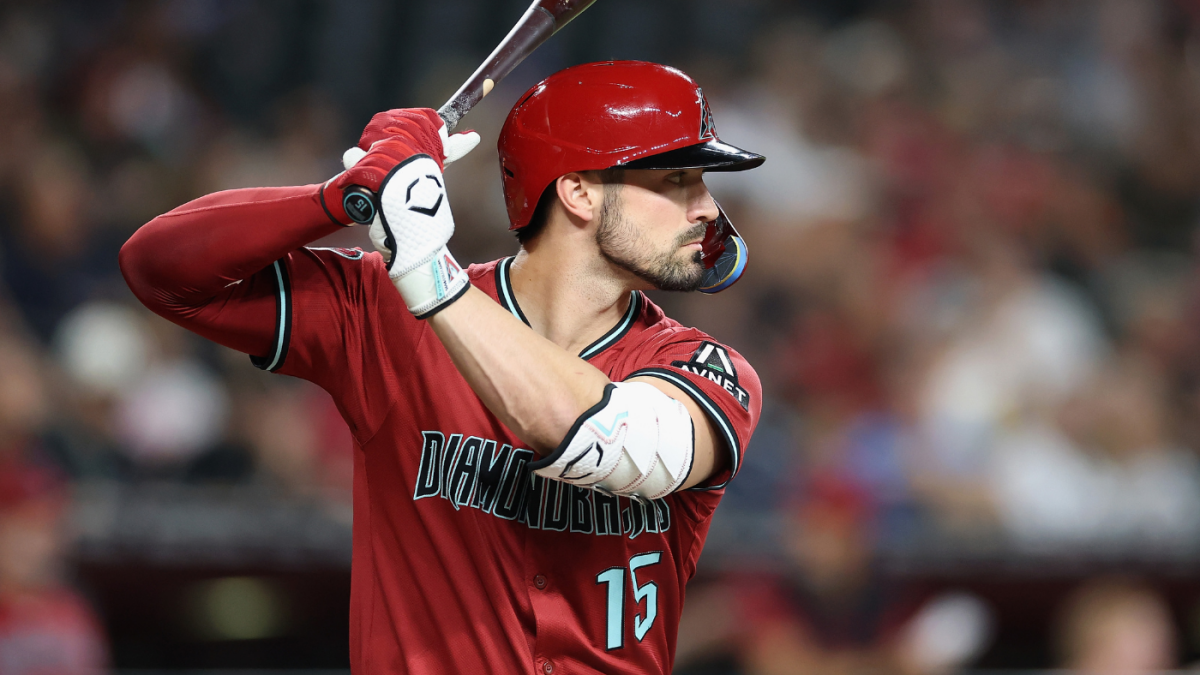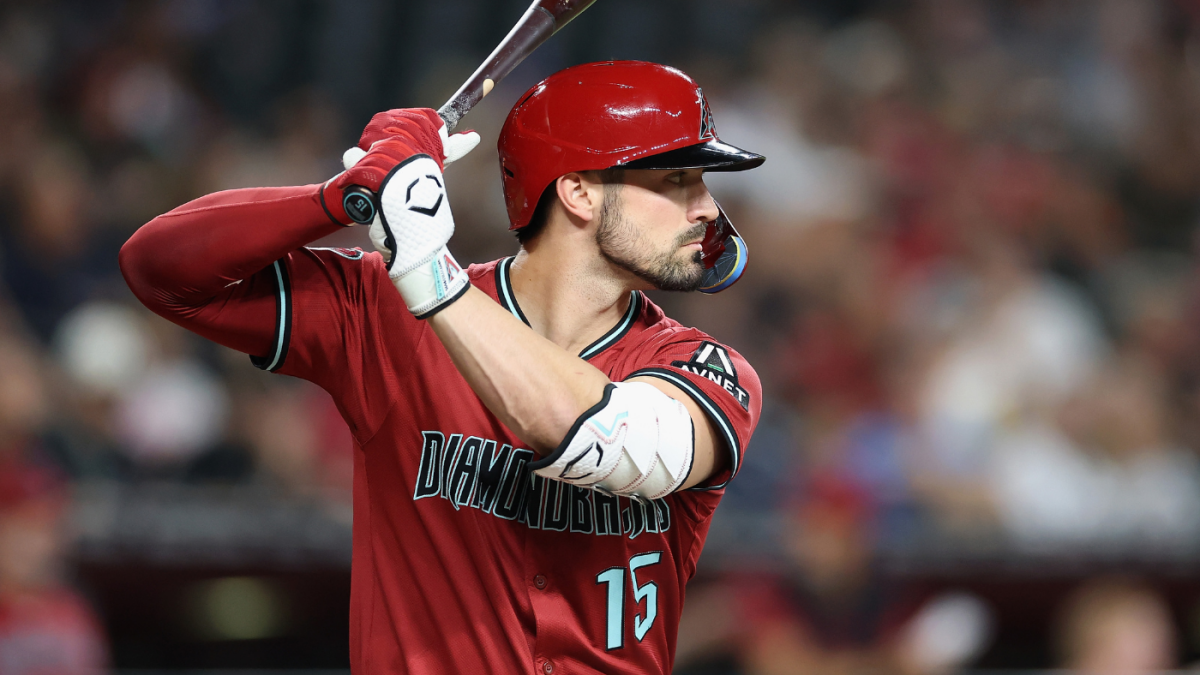The Arizona Diamondbacks’ Trade Deadline Strategy: A Calculated Approach
Introduction: A Team at a Crossroads
The Arizona Diamondbacks stand at a pivotal moment in their franchise history. With the MLB trade deadline approaching, the team faces a critical decision: whether to buy, sell, or stand pat. Recent moves, such as the trade of outfielder Randal Grichuk to the Kansas City Royals, suggest a willingness to part with veterans, particularly those on expiring contracts. However, the narrative of a full-scale sell-off may be an oversimplification. The Diamondbacks appear to be adopting a more calculated strategy, one that balances immediate needs with long-term vision.
The “Sell-Off” Narrative: A Nuanced Reality
The term “sell-off” has been bandied about in sports media, fueled by the Grichuk trade and the team’s current position in the standings. While it’s true that the Diamondbacks are likely to be sellers, the extent of their activity remains to be seen. The Grichuk trade, for instance, was a logical move. As a pending free agent, Grichuk’s value was at its peak, and trading him allowed the Diamondbacks to acquire future assets rather than risk losing him for nothing in free agency.
However, the Diamondbacks are not in a position to simply give away their best players. They are a team with a promising young core and a clear vision for the future. As such, they are likely to be selective in their trade discussions, prioritizing players who do not fit into their long-term plans or whose value is peaking.
Key Players in the Trade Conversation
Several Diamondbacks players have emerged as potential trade candidates. These players can be broadly categorized into two groups: veterans on expiring contracts and players with longer-term control who could fetch a significant return.
Veterans on Expiring Contracts
Players with Longer-Term Control
Potential Trade Destinations and Scenarios
Predicting trade destinations is always speculative, but analyzing team needs and prospect inventory can offer clues. Here are some potential scenarios for the Diamondbacks’ key trade chips:
Eugenio Suárez
Several teams could be in the market for a third baseman with power. Contenders like the [Hypothetical Team A] and [Hypothetical Team B] could be willing to part with top prospects to acquire Suárez. A potential trade package could include a combination of MLB-ready prospects and high-upside youngsters. The Diamondbacks would need to assess the long-term value of these prospects and determine whether they align with their organizational needs.
Merrill Kelly
Teams seeking starting pitching depth are always plentiful. The [Hypothetical Team C] and [Hypothetical Team D], both in playoff contention, might view Kelly as a valuable addition to their rotations. The Diamondbacks would likely target pitching prospects or young, controllable position players in return. They would need to ensure that the return package is substantial enough to justify parting with a reliable starter.
The Impact of “Bad Luck” and External Factors
One report mentions the Diamondbacks’ “bad luck” as a factor influencing their trade deadline decisions. While it’s difficult to quantify “luck,” injuries, underperformance from key players, and unexpected slumps can undoubtedly impact a team’s trajectory. These factors might force the Diamondbacks to adjust their expectations and be more willing to sell off assets than they initially planned.
Another external factor is the overall market for players. The demand for specific positions, the availability of comparable players, and the willingness of other teams to pay a premium will all influence the Diamondbacks’ ability to extract maximum value in trades. The team must navigate these market dynamics carefully, ensuring they get the best possible return for their assets.
Beyond the Deadline: Rebuilding and Re-tooling
The Diamondbacks’ trade deadline decisions will have a significant impact on their future. A successful sell-off could net them a haul of promising prospects, accelerating their rebuilding process. However, trading away too much talent could leave the team depleted and struggling to compete in the short term.
The key will be striking a balance between acquiring future assets and maintaining a competitive roster. The Diamondbacks need to identify players who can contribute to their long-term success while also maximizing the value of those who don’t fit into their plans. This delicate balancing act will require careful consideration and strategic foresight.
Conclusion: A Calculated Gamble
The Arizona Diamondbacks’ approach to the trade deadline appears to be more nuanced than a simple “sell-off.” They’re strategically evaluating their assets, identifying players who can bring the most value in return, and carefully considering the long-term implications of their decisions. While trading away veterans like Grichuk, Suárez, and Kelly might sting in the short term, it could ultimately pave the way for a brighter future. The success of their strategy will depend on their ability to identify and acquire the right prospects, develop those players effectively, and build a sustainable winning culture. It’s a calculated gamble, one that could define the Diamondbacks’ trajectory for years to come.












